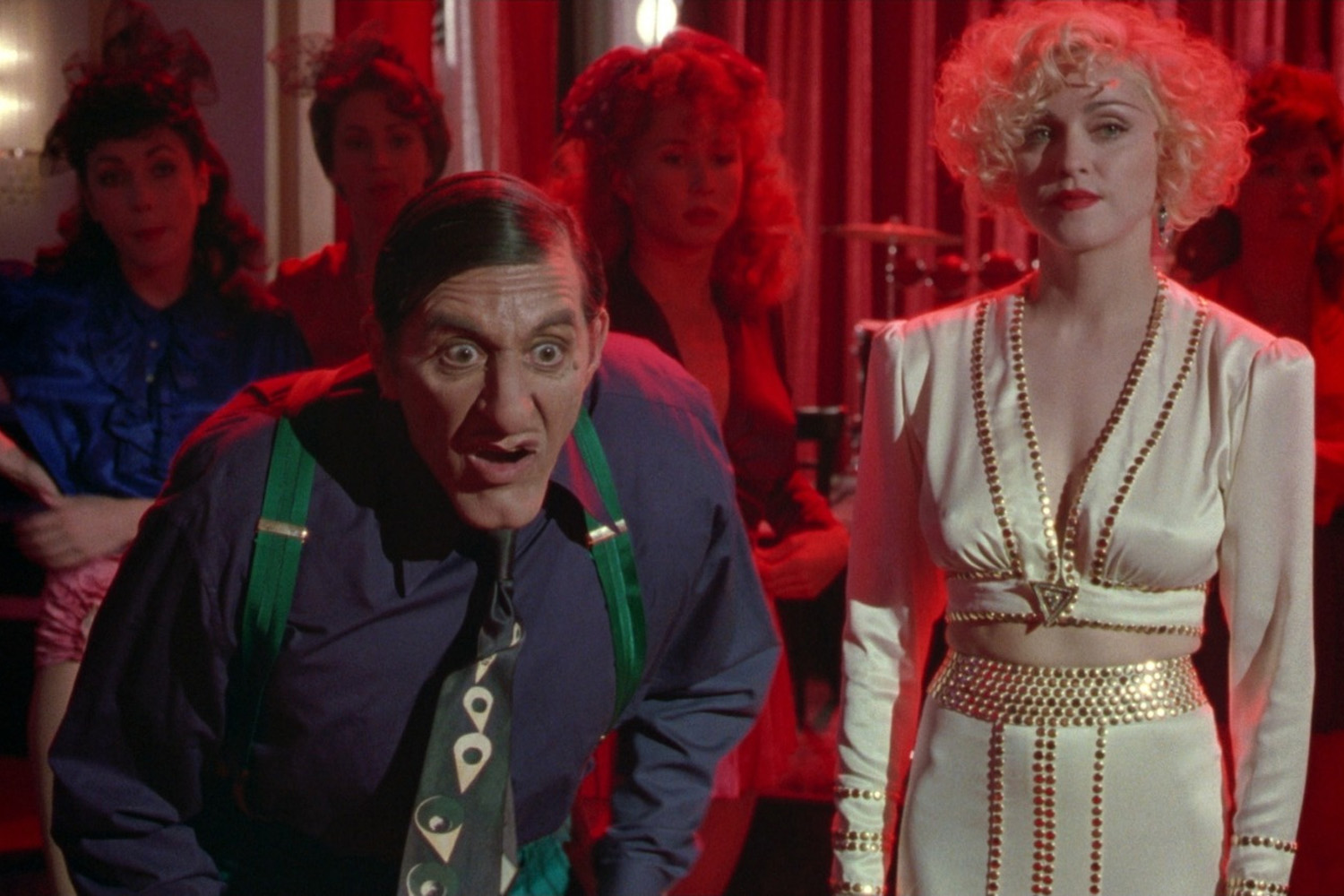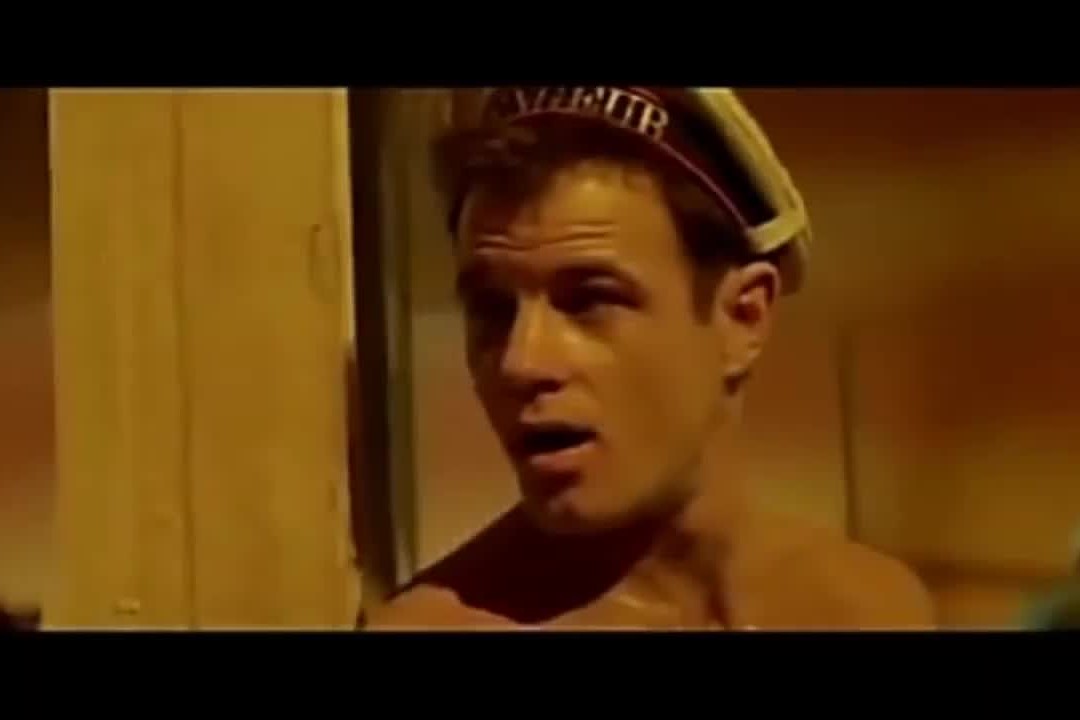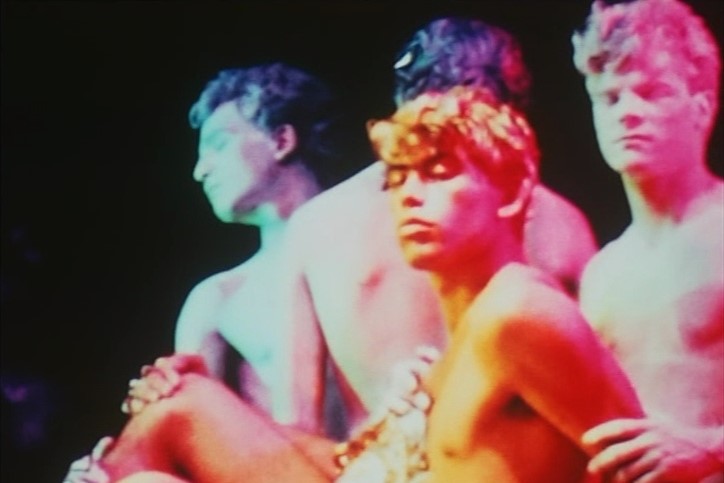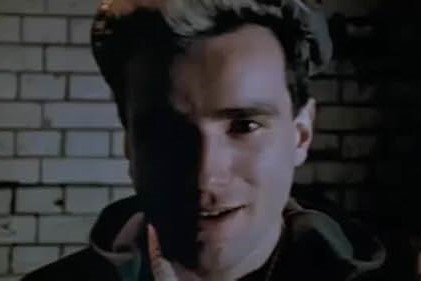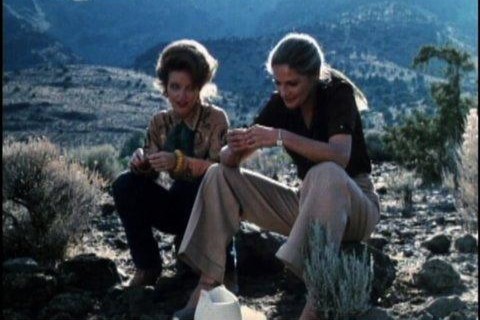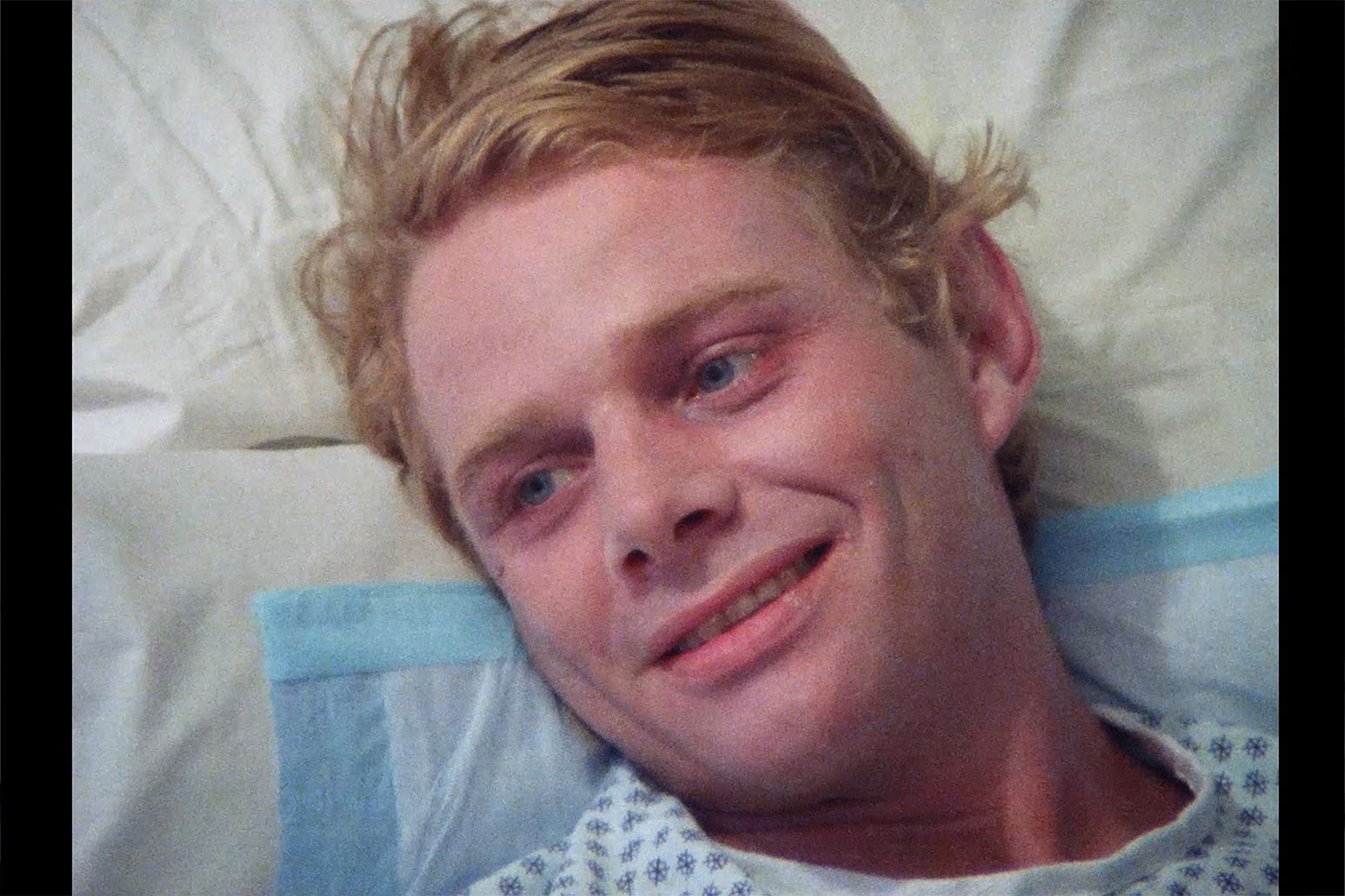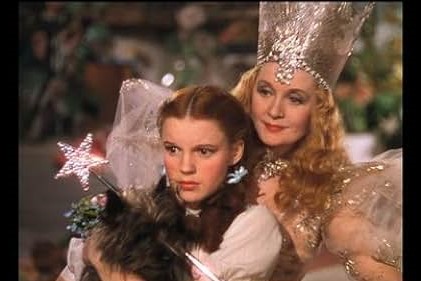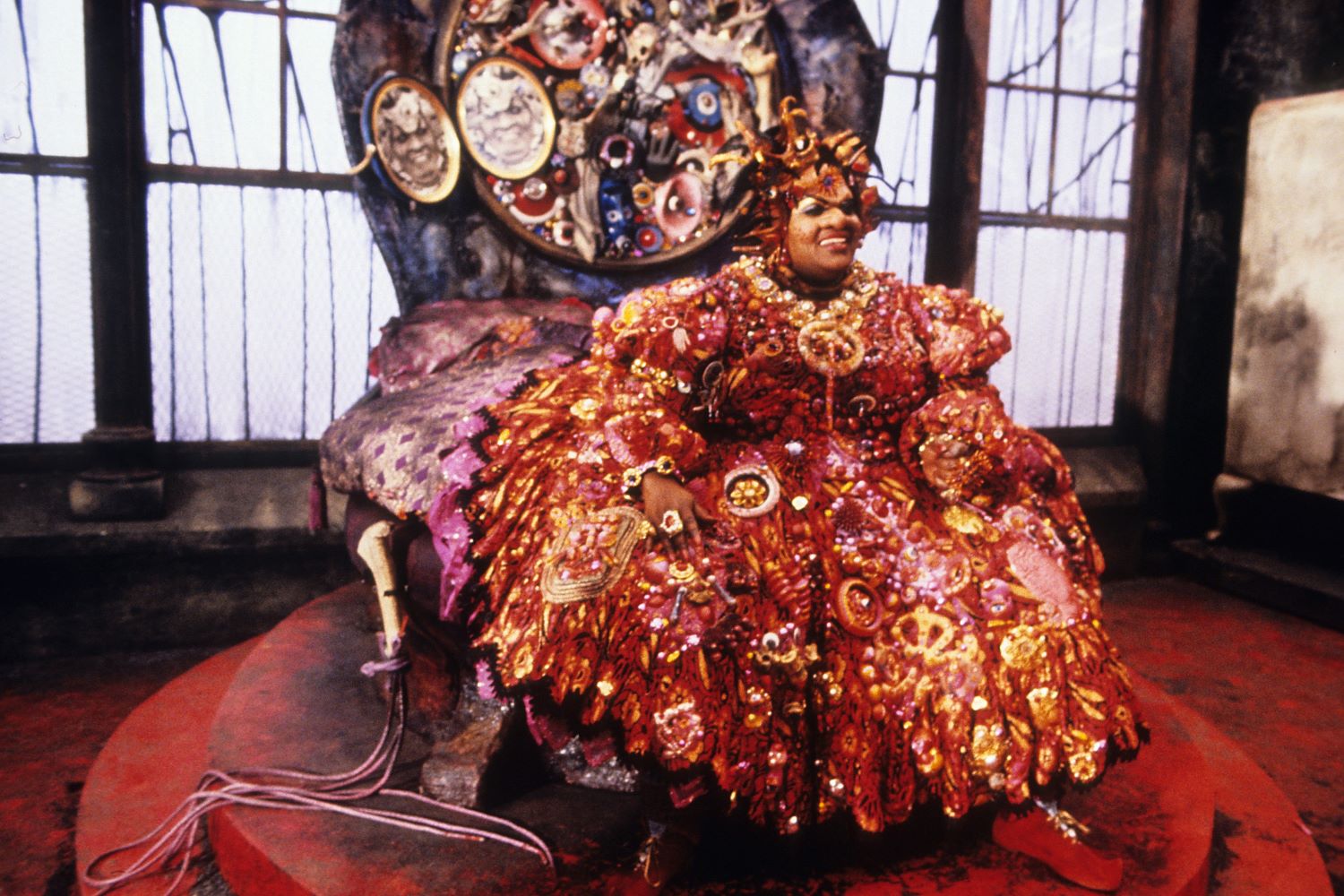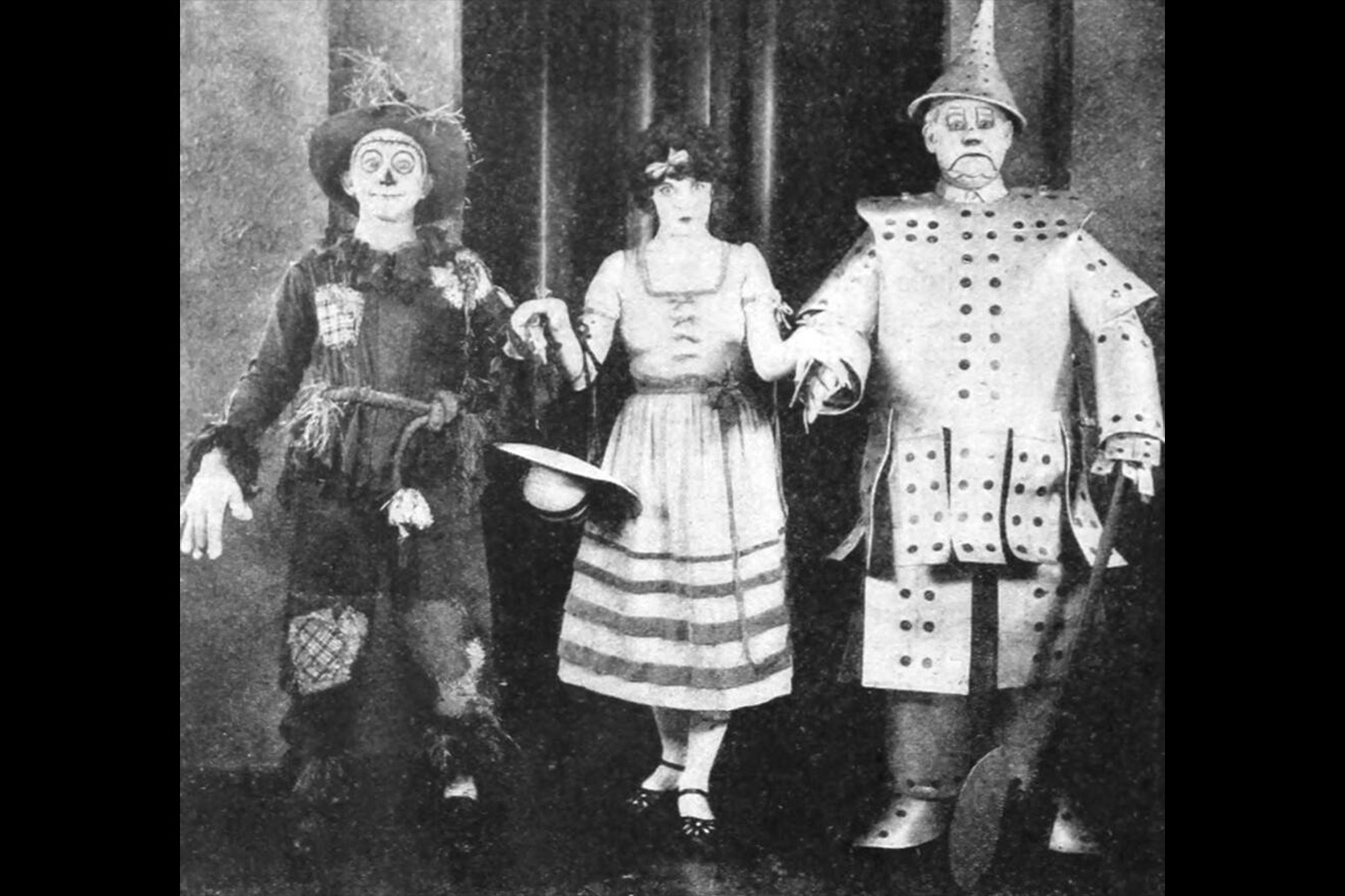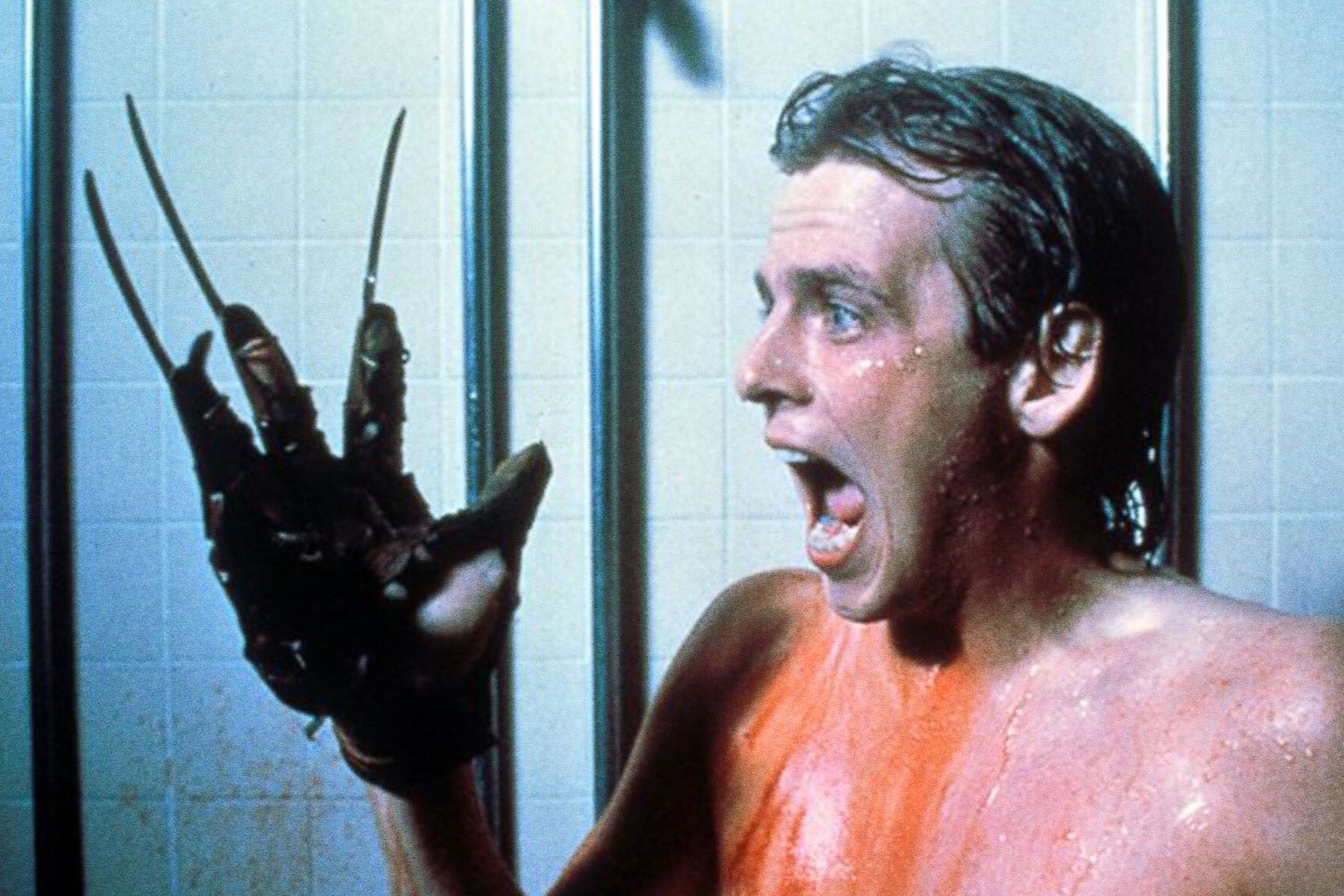Celebrating 35 years since the release of the film “Dick Tracy” with a panel of experts, led by festival head Yair Hochner. The panel will try to answer the question of why Madonna is a pop culture icon, and specifically a gay icon?
Participating in the panel are:
Amir Kaminer, film critic and culture journalist who interviewed Madonna multiple times
Dana Kessler, journalist and artistic director of the Soundtrack film festival
Michal Shapira, singer and actress
Kay Long, drag artist
“Dick Tracy” might just be the most colourful and musical comic book movie of all time. Warren Beatty enlisted for his film the help of Stephen Sondheim, the composer and lyricist of many musicals, such as “Company”, “A Little Music Night”, “Sweeney Todd”, “Into the Woods”, “Sunday in the Park with George”, “Assassins” and “Follies”. His career started with writing the lyrics for the musicals “West Side Story” and “Gypsy”. “Dick Tracy” is half a musical film, which earned Sondheim an Academy Award for Best Original Song for his work on the film. The songs are performed by the icon, singer, actress, director and Kabbalah aficionado – Madonna.
The plot is very simple: “Dick Tracy” is a detective battling against “Big Boy” Caprice, the head of the mafia, portrayed by Al Pacino with heavy makeup. Madonna portrays a pleasant bar singer named Mahoney, who is romantically involved with Big Boy. Aside from them, a number of famous actors appear in this film for mere moments, with or without heavy makeup, from the likes of Dustin Hoffman, James Keane, Charles Durning, William Forsythe, Seymour Cassel, Paul Sorvino, Mandy Patinkin, Catherine O’Hara, James Keane, Kathy Bates and Dick Van Dyke. The film was shot by the artist Vittorio Storaro (“Apocalypse Now”, “Reds”, “The Last Emperor”), and has a bold visual style which attempts to be as faithful as possible to the aesthetic of the original comic strips.
“Dick Tracy” was nominated for a total of nine Academy Awards, including: Best Supporting Actor for Pacino’s performance, and won in three categories: Best Original Song, Best Makeup and Best Art Direction.
Courtesy of Disney+

